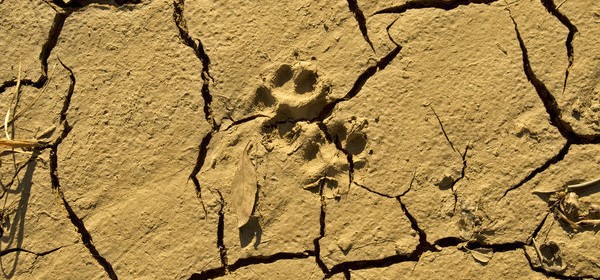Megadrought may grip the Southwest

The Southwest and central Great Plains are likely to be hit in coming decades by the most prolonged megadrought in more than 1,000 years, a new climate study predicts. Scientists from NASA, Columbia University, and Cornell University created a long-term climate model after analyzing historical temperature records, carbon dioxide emissions, and drought trends from tree rings.The record shows that the Southwest and the Plains have several times gone through severe droughts lasting a decade or more. But ongoing climate change may make droughts in the region far worse by reducing rainfall by as much as half for prolonged periods and drying out soils.
If the current pace of climate change continues, researchers calculate, there is an 80 percent chance that California, Arizona, Nevada, Colorado, Oklahoma, and Kansas will be hit in the second half of the century with a “megadrought” lasting as long as 35 years. A megadrought could create major water shortages for population centers, destroy crops, and lead to huge wildfires. “The future of drought in western North America is likely to be worse than anybody has experienced in the history of the United States,” says Benjamin Cook, the study’s lead author. “These are droughts that are so far beyond our contemporary experience that they are almost impossible to even think about.”

 Print
Print